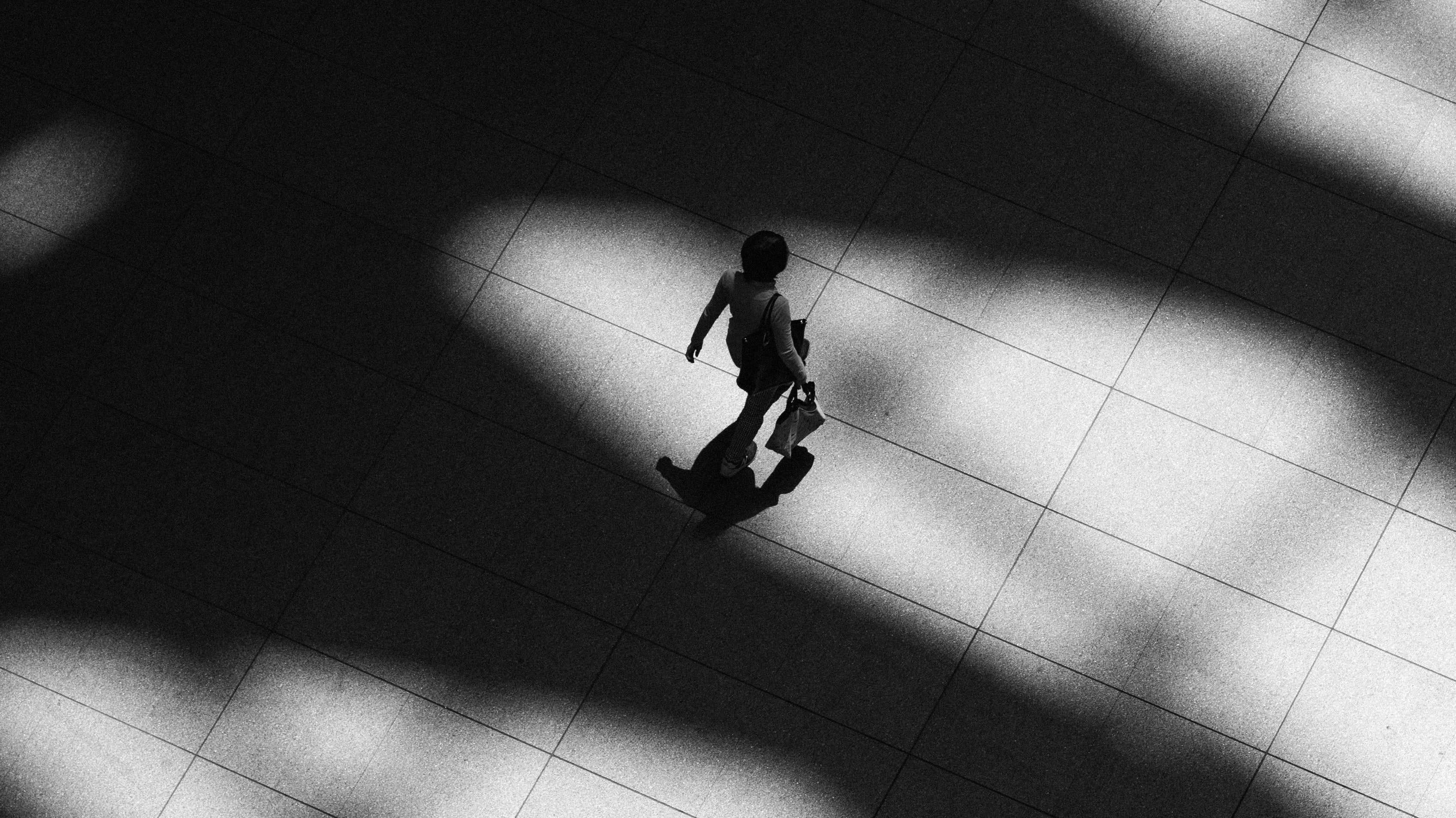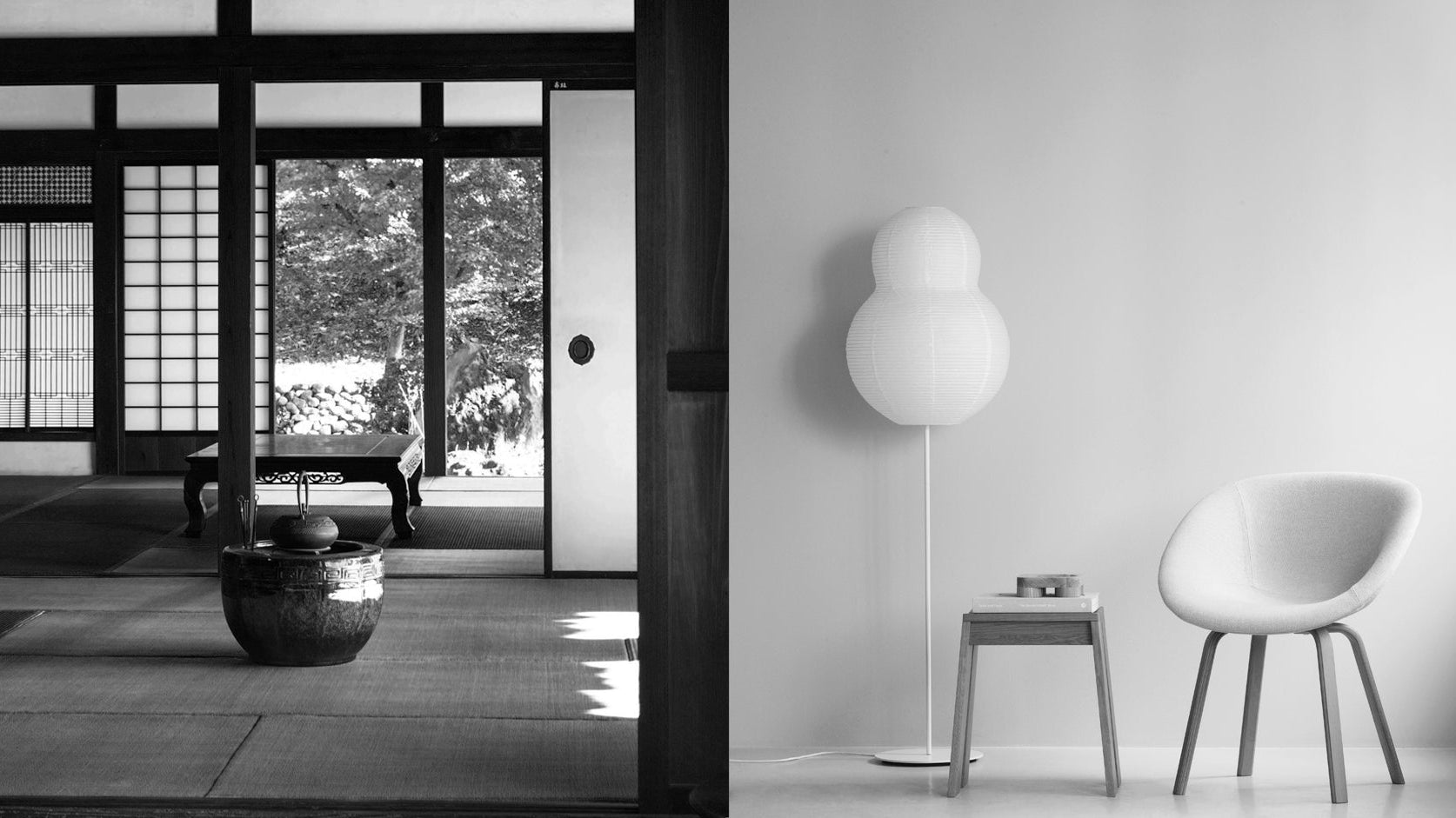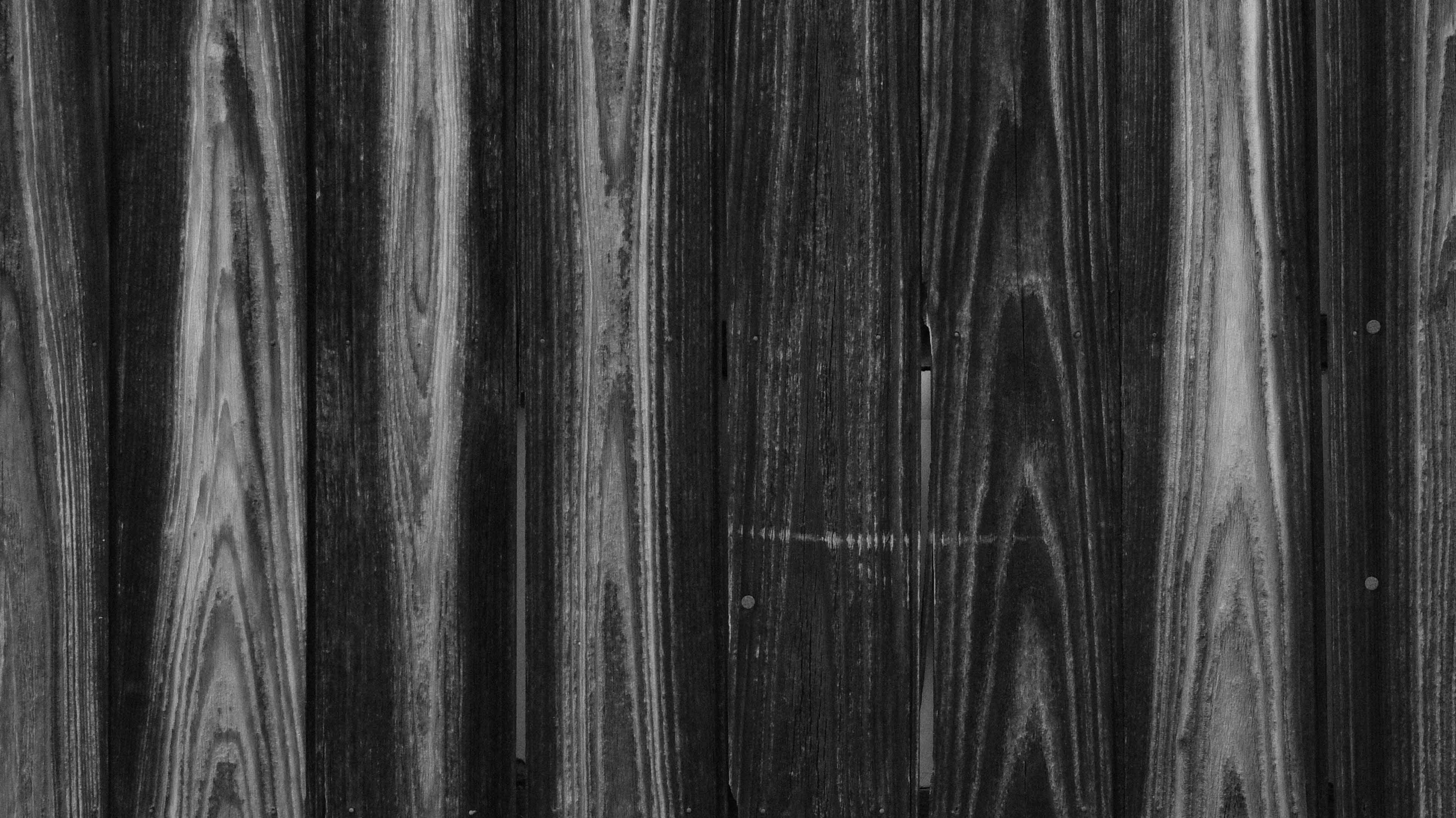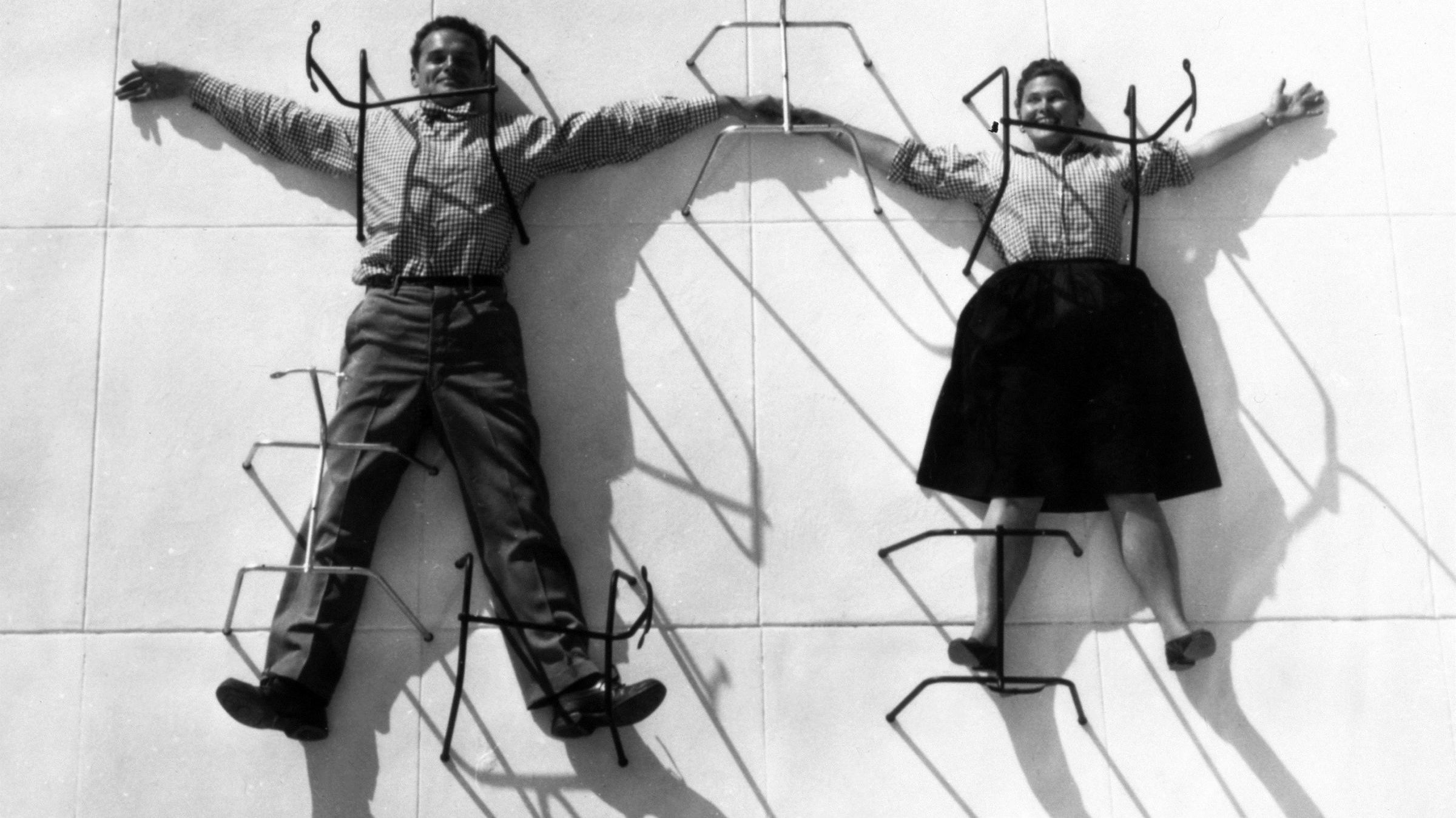The concept of "Ma" has transcended its cultural origins and influenced creative minds worldwide, finding a place in contemporary design, minimalism, and user experience, underscoring its timeless and universal appeal. In this article, we delve into the essence of "Ma," discovering the beauty that lies within the negative space and time of Japanese aesthetics and philosophy.
(Ma: The Japanese Aesthetic of Negative Space and Time - dans le gris)
Defining "Ma"
The term "Ma" (間) in Japanese is a multifaceted concept that is somewhat challenging to define precisely in English because it encompasses various aspects related to space, time, and the interval between objects or events. However, it is commonly translated as "negative space," "pause," "interval," or "emptiness." Reducing it to these simplistic translations, though, does not capture the full depth and complexity of the concept. "Ma" is about the space in-between, the intervals, and the silence. It is the unoccupied pause that allows elements to breathe, creating a sense of harmony and balance.
(Ma: The Japanese Aesthetic of Negative Space and Time - dans le gris)
(Ma: The Japanese Aesthetic of Negative Space and Time - dans le gris)
The Essence of "Ma": Space, Time, and Growth
The Japanese concept of "Ma" can be understood as a moment of pause in time or an interval of emptiness in space. Think of it as the space and time necessary for life to breathe, to experience, and to connect with the world. When we lack time or find ourselves in constrained spaces, our personal growth is hindered. This fundamental principle applies to every aspect of our lives.
To grasp the essence of "Ma," you can look at its visual representation in the Japanese kanji symbol. "Ma" is composed of two characters: "door" and "sun." Together, these characters create an image of a door through which sunlight gently filters in. This image captures the idea of "Ma" beautifully, illustrating the importance of openings and pauses in our lives, just as a door allows light and fresh air to enter a space.
(Ma: The Japanese Aesthetic of Negative Space and Time - dans le gris)
"Ma" in Traditional Japanese Painting
When discussing traditional Japanese painting, it becomes evident that the concept of "Ma" exerts a profound influence over composition, style, and aesthetics. These artworks frequently embrace negative space, where the empty or unpainted areas hold as much significance as the painted elements themselves. The deliberate employment of negative space encourages viewers to contemplate the subject matter and discover the beauty within simplicity. Moreover, traditional Japanese paintings often emphasize suggestion rather than explicit representation. This allows viewers to engage with the artwork and fill in the details with their imagination, creating a sense of "Ma" in the gaps between what is painted and what is implied.
The use of "Ma" in traditional Japanese painting also extends to the depiction of natural elements. For instance, the representation of mist or fog in a landscape painting is not merely the absence of detail but a deliberate use of negative space to create an ethereal and atmospheric quality. Traditional Japanese paintings frequently incorporate the seasons and the changing natural world as central themes. Artists capture moments of transition, such as the fleeting beauty of cherry blossoms in spring or the quiet stillness of a snowy landscape in winter. These seasonal elements are not only depicted but are also surrounded by ample negative space, allowing viewers to connect with the changing rhythms of nature and appreciate the transience of life.
(Ma: The Japanese Aesthetic of Negative Space and Time - dans le gris)
"Ma" in Japanese Architecture and Design
Architecture and design in the context of "Ma" in Japanese culture offer a unique perspective on space utilization and the appreciation of negative space. Japanese architecture and interior design often emphasize minimalism and simplicity, incorporating natural materials, neutral color palettes, and clean lines. The deliberate exclusion of unnecessary elements creates a sense of "Ma," allowing essential components to stand out.
Traditional Japanese houses also embrace "Ma" through the use of open spaces, sliding doors, and minimalistic interiors. These design choices blur the boundaries between indoor and outdoor spaces, seamlessly integrating nature into the living experience.
In Japanese architecture, "Ma" extends beyond physical space; it influences the design of entrances and thresholds. Many traditional Japanese homes and temples intentionally feature modest and understated entrances, creating a transitional space known as a "genkan." Here, people remove their shoes before entering the main living area, representing a physical manifestation of "Ma" and offering a moment of pause and reflection.
(Ma: The Japanese Aesthetic of Negative Space and Time - dans le gris)
"Ma" in Ikebana and Tea Ceremony
The concept of "Ma" is also evident in Japanese art forms like ikebana (flower arranging) and the chanoyu (Japanese tea ceremony). Ikebana is not just about arranging flowers; it's a highly regarded art form in Japan. In ikebana, the arrangement of flowers is not just about the flowers themselves but also the spaces in between them. The placement of each stem is deliberate, and the empty spaces between flowers and branches are as crucial as the elements themselves, creating a sense of "Ma" that invites viewers to appreciate the harmony between the natural and the artificial. Ikebana artists deliberately create these spaces to provide visual and emotional pauses, enhancing the overall beauty and balance of the arrangement. "Ma" in ikebana encourages mindfulness and contemplation, making it much more than a mere floral decoration.
Similarly, in the Japanese tea ceremony, "Ma" also plays a vital role. The Japanese tea ceremony is a ritualistic practice that involves the preparation and consumption of matcha (green tea). "Ma" plays a fundamental role in the Japanese tea ceremony's aesthetics and philosophy. The ceremony is marked by moments of silence and stillness, which are integral to the experience. These pauses, or "Ma," allow participants to appreciate the simplicity and elegance of the ceremony fully. "Ma" can be found in various aspects of the Japanese tea ceremony, from the deliberate movements of the host to the design of the tearoom itself. The spaces between actions and words are carefully orchestrated, allowing participants to reflect and find serenity in the present moment.
(Ma: The Japanese Aesthetic of Negative Space and Time - dans le gris)

In the context of the Japanese tea ceremony, "Ma" plays a crucial role.
(Ma: The Japanese Aesthetic of Negative Space and Time - dans le gris)
The Significance of "Ma" in Conclusion
In essence, "Ma" invites us to explore the significance of what is not there as much as what is present. It encourages us to appreciate the power of stillness and silence, not as mere absence but as a fundamental and meaningful part of our experience. Comprehending "Ma" provides a deep understanding of how the Japanese people view and engage with their surroundings, offering a valuable perspective on the elegance of simplicity and the significance of what exists in the spaces between.
As we conclude our exploration of "Ma," let us remember that this concept is not just a part of Japanese culture but it invites us to embrace silence, stillness, and the spaces in between as essential elements of our experience. In a world often filled with noise and clutter, "Ma" serves as a timeless reminder to find balance, harmony, and meaning in the simplicity of existence.
(Ma: The Japanese Aesthetic of Negative Space and Time - dans le gris)
Read More Art Articles:
• Kintsugi: Finding Beauty in the Art of Repair
• Ikebana: The Art of Japanese Flower Arrangements
• What is Wabi Sabi? Embracing the Beauty of Imperfection
• Noh Masks: The Hidden Stories of Japanese Theatre Masks
(Ma: The Japanese Aesthetic of Negative Space and Time - dans le gris)
About Us
Dans Le Gris is a brand that began with everyday jewelry, with each handmade piece designed and crafted in Taiwan. We deeply value every detail, dedicating ourselves to creating timeless pieces through collaboration with experienced craftsmen.
In our journal, we provide irregular updates featuring articles about art, culture, and design. Our curated content encompasses diverse aspects of life, with the aspiration to offer meaningful insights and inspiration.






